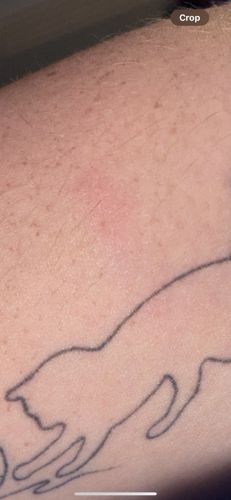Mosquito
Scientific Name: Culicidae
Order & Family: Diptera: Culicidae
Size: 3-6 mm (0.12-0.24 inches)

Natural Habitat
Near standing water (ponds, marshes, containers), wooded areas, and human dwellings worldwide.
Diet & Feeding
Adult female mosquitoes feed on blood from humans and other animals (hematophagy) to produce eggs. Both male and female mosquitoes also feed on nectar and plant juices for energy.
Behavior Patterns
Mosquitoes are most active during dawn and dusk, though some species are active during the day. Females use heat, carbon dioxide, and body odors to locate hosts. Larvae develop in water.
Risks & Benefits
Potential risks: Mosquito bites can cause itchy welts and are vectors for numerous diseases globally, including malaria, dengue fever, Zika virus, West Nile virus, and chikungunya. Benefits: Mosquito larvae are a food source for aquatic animals; adult mosquitoes can act as pollinators for some plants, though their primary ecological role is as a disease vector.
Identified on: 9/5/2025